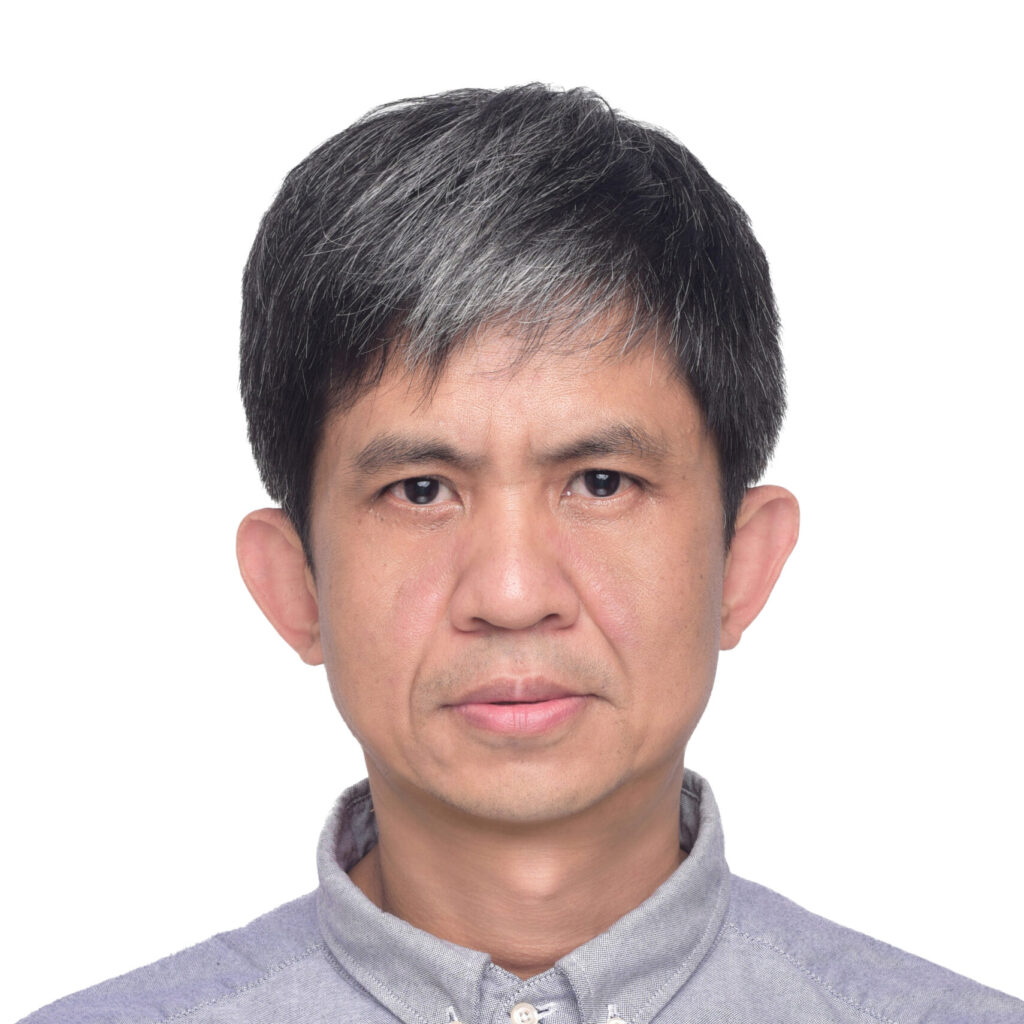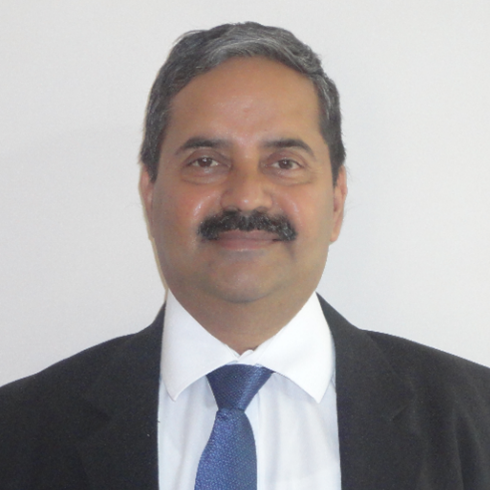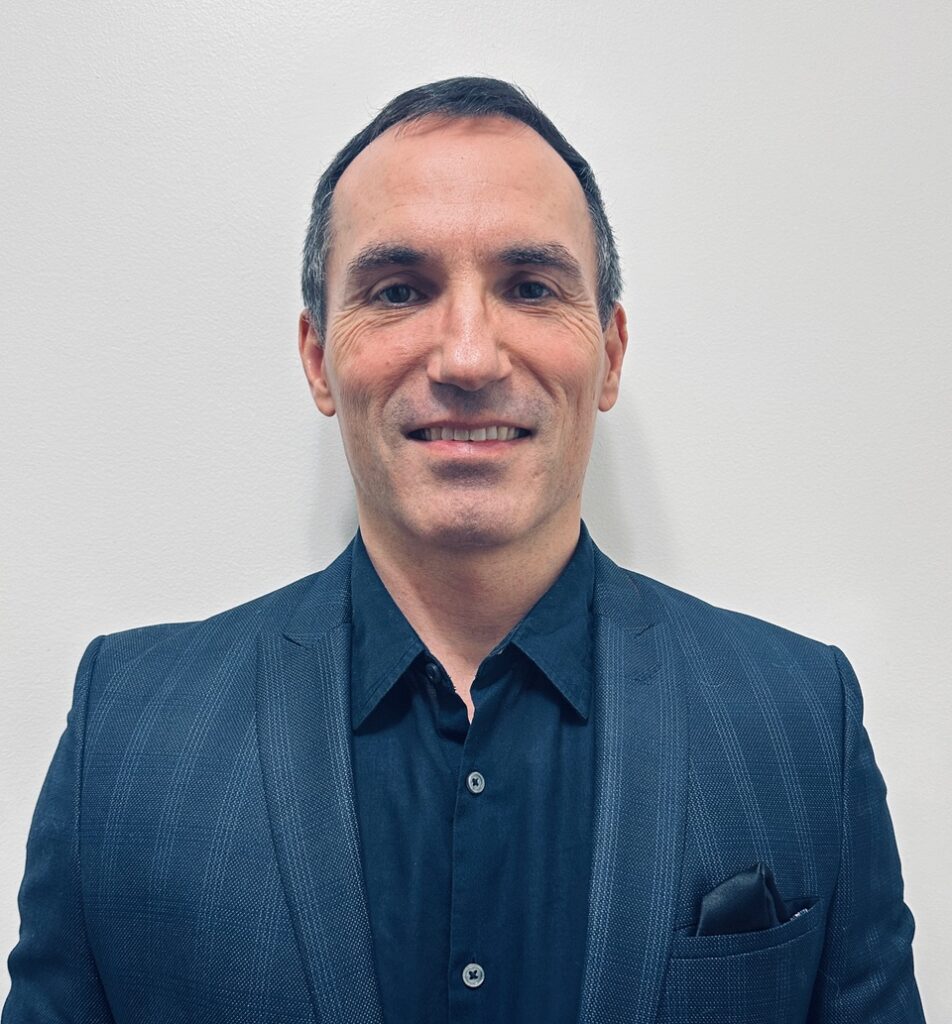 A fascination with geogrids sparked IGS Treasurer Ian Fraser’s enduring passion for geosynthetics. Here he shares his journey as an engineer, and describes his multi-role involvement with the IGS.
A fascination with geogrids sparked IGS Treasurer Ian Fraser’s enduring passion for geosynthetics. Here he shares his journey as an engineer, and describes his multi-role involvement with the IGS.
Name/Institution: Ian Fraser, TCS Geotechnics, and Treasurer of the IGS
Specialist Fields: Stabilisation and reinforcement.
What originally inspired you to enter civil engineering, and what continues to do so?
I actually started life as a geologist, began working for an engineering geology consultancy and quickly realized that I needed to take a postgraduate course in geotechnical engineering. Throughout school and university I always enjoyed physics. Geotechnical engineering is the perfect combination of geology and applied physics. I really enjoy problem solving and providing people with practical, economic and buildable solutions.
What do you enjoy most about working in the geosynthetics industry?
The innovative nature of the industry is an attraction but the key attribute of geosynthetics is that, if correctly applied, they provide economic and sustainable solutions that are simple to construct.
There is such a vast and untapped potential for geosynthetics to provide financial and environmental savings in a wide range of applications that the opportunities to bring benefits to clients and their projects are almost limitless.
The biggest barrier to growth is simply the lack of education about geosynthetics and I particularly enjoy teaching people how they can use the wide range of different products available to their best advantage and help them build sufficient confidence to utilise them.
When and where was your first involvement with geosynthetics?
Geosynthetics first grabbed my attention during the supervision of the construction of some geogrid-reinforced soil slopes while I was working in consultancy. I remember being fascinated by the ability of these layers of polymer grid to maintain the stability of steep embankment slopes.
Not long after, I joined the Reinforced Earth Company and dealt with reinforced earth on a daily basis and have subsequently worked for Tencate, Tensar and Terram where I gained extensive experience of a wide range of materials and applications.
Do you have any advice for young engineers beginning their careers? What do you think are the most important skills in today’s industry?
A clear understanding of the technical and functional aspects of geosynthetic applications is vital. That doesn’t mean you need to undertake detailed research and publish papers but you must fully appreciate how these materials work.
Material laboratory testing is very important and should provide assurance on quality and can provide parameters for some design. However, not every process can be replicated in a laboratory and engineers need to be able to examine results in the context of their understanding of the processes and the specific project conditions. For example, the Ultimate Tensile Strength (strength at rupture) of a product may be important in some application scenarios but if that rupture occurs at 20% strain and the product may only be strained at 1% in the application, how relevant is it? Clearly this is a very simplistic example but illustrates how important it is to clearly understand the mechanisms at play.
In addition to technical understanding, knowledge of the commercial and environmental advantages of geosynthetics are key. After all, the end user doesn’t care how it works, only that it does and brings some benefit to them. More often than not commercial benefits will be combined with sustainable benefits via reduced use of aggregate for example. These are key factors in persuading end users to employ geosynthetics — and incidentally can help save the planet.
What initiatives are you undertaking as part of the IGS Council? How can young members contribute?
The IGS has many initiatives running so we all must wear several hats. In addition to my Treasurer’s duties I am also Chairman of the Events Committee, the Structural Review Task Force and Secretary of the Sustainability Committee.
The sustainability message is possibly the most important initiative for the IGS. There is no doubt in my mind that geosynthetics can make a massive sustainable contribution to the construction industry and we have a responsibility to educate and inform so that those sustainable benefits are realised.
The Sustainability Committee is in the middle of a communication campaign called Did You Know? I would encourage all young members to take a look and circulate this message far and wide. If you want more details on the work of the Sustainability Committee or want to get involved please don’t hesitate to contact us via igssec@geosyntheticssociety.org.
The Events Committee oversees all events endorsed by the IGS. These can be IGS conferences and seminars or events run by other sister organisations that we support like the International Society for Soil Mechanics and Geotechnical Engineering (ISSMGE). In terms of involvement please keep an eye on social media and the IGS website for events in your region and perhaps offer to help promote or assist in some other way.
Do you have any hobbies and interests outside work?
Golf, golf and golf. When not engaged in geosynthetics, I am likely to be found on the golf course trying to master the art, and frequently not succeeding. However, my daughter recently gave us our first grandchild. Our new granddaughter is only five months old so I am sure that as time goes by I will gladly sacrifice time on the golf course to spend with Erica.






















